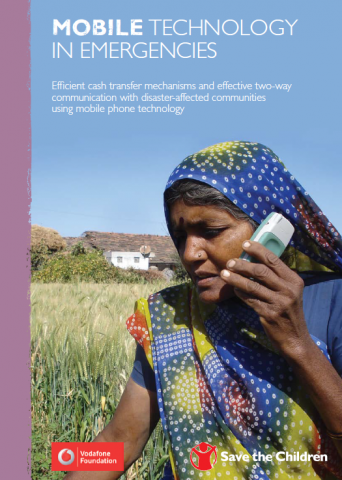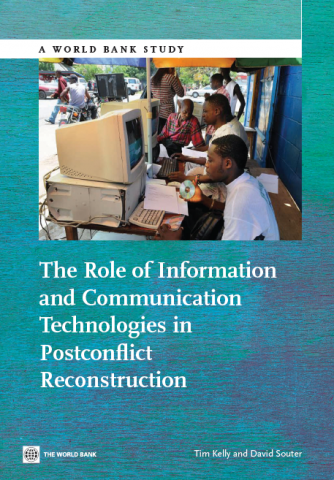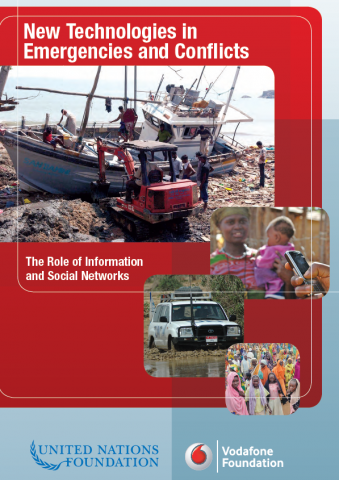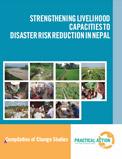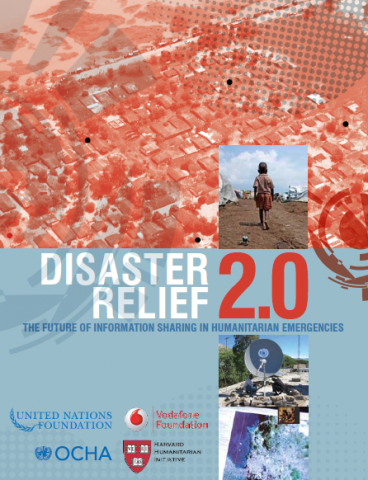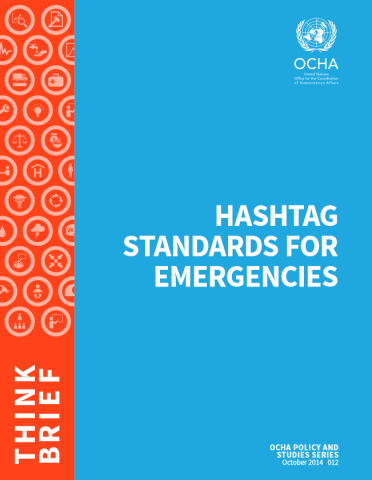Mobile technologies in emergencies
Increasing numbers of children around the world are affected by humanitarian emergencies and there is an urgent need for innovative, scalable, cost-effective approaches to tackling these crises. Alongside this, digital technology is spreading rapidly across the developing world, and the mobile phone is becoming increasingly accessible to families and children affected by disasters. There is […]
Mobile technologies in emergencies Read More »

